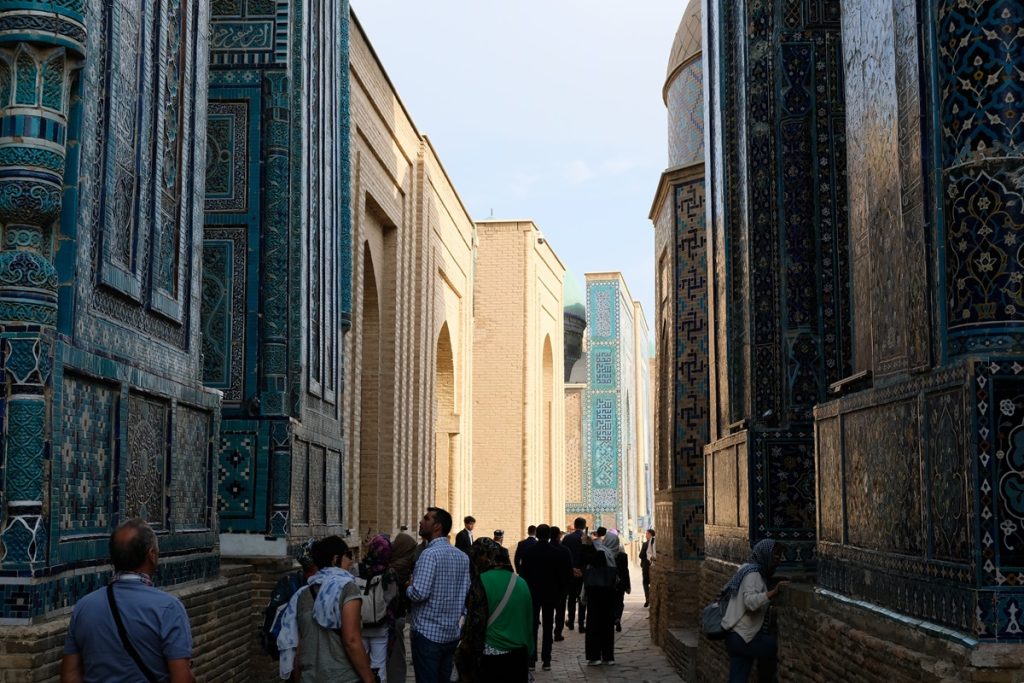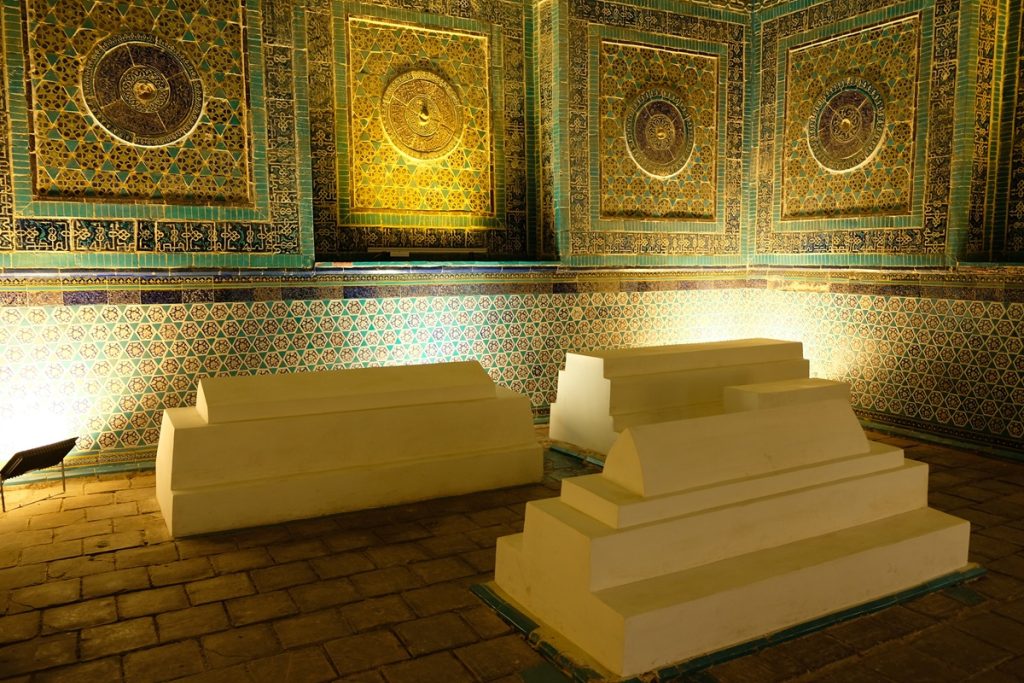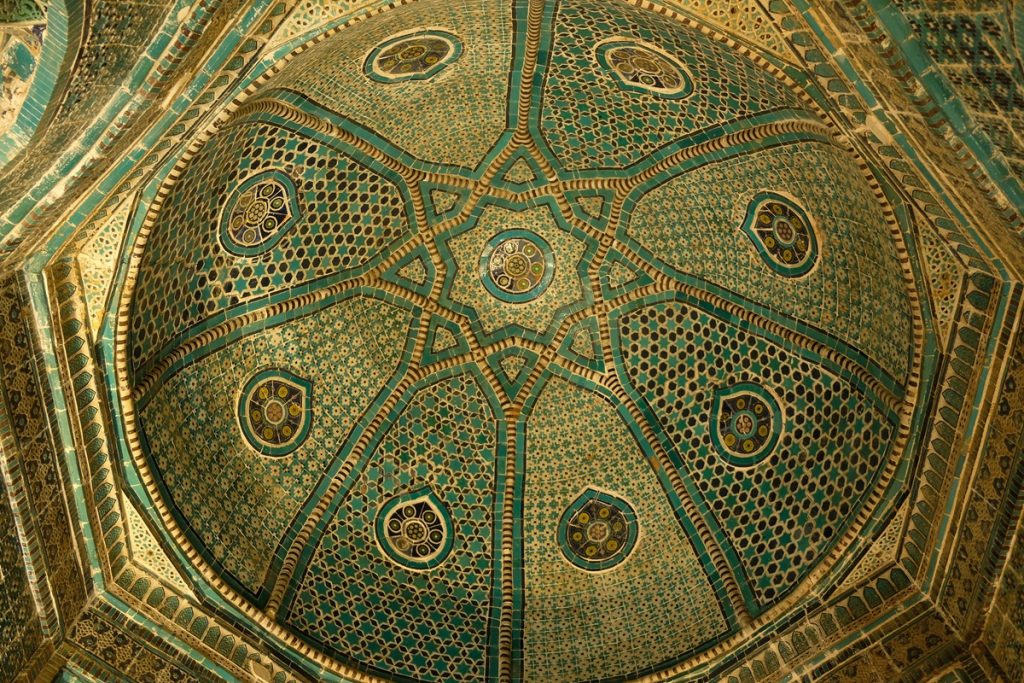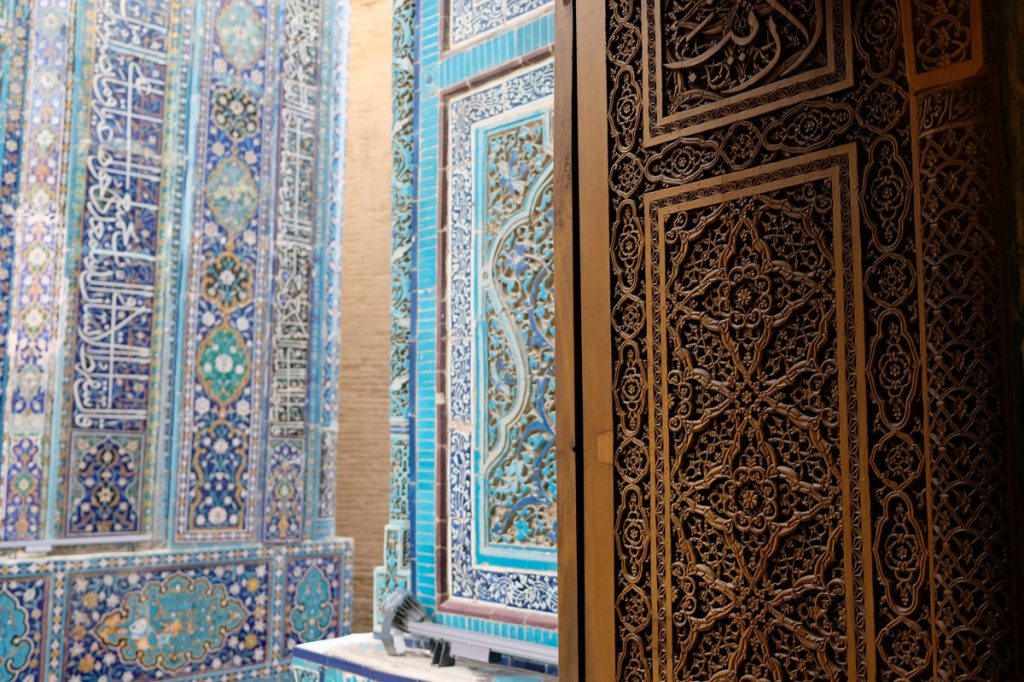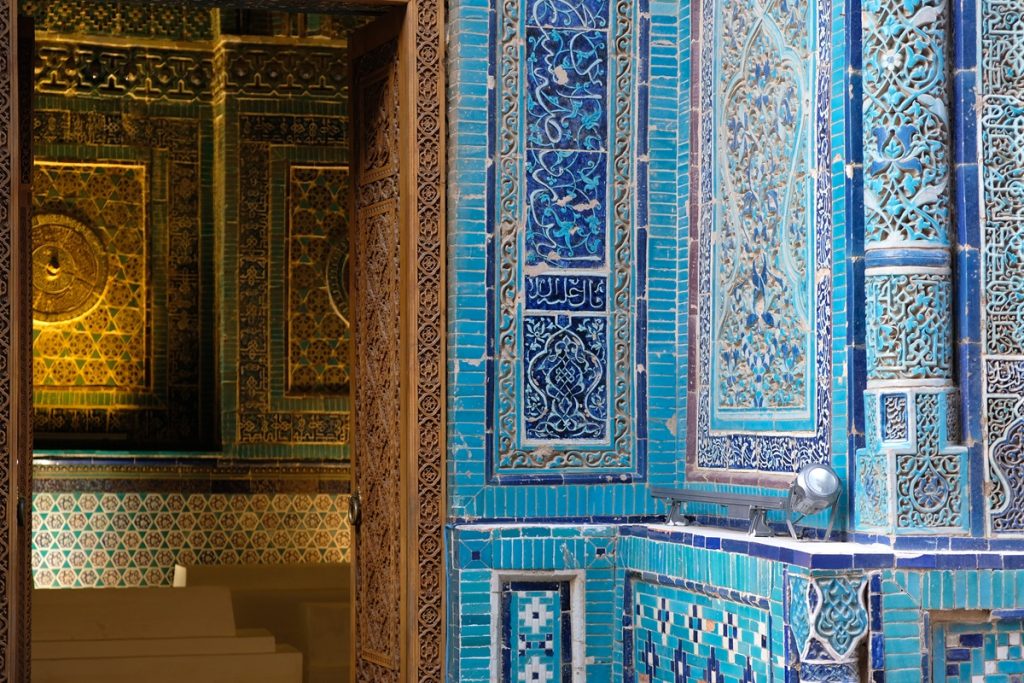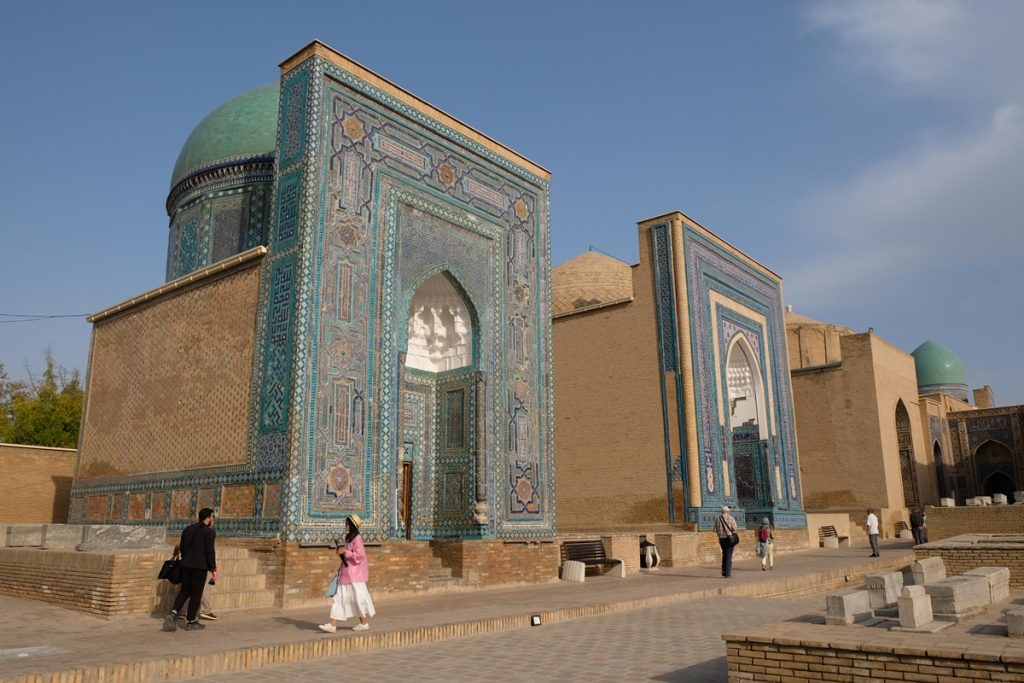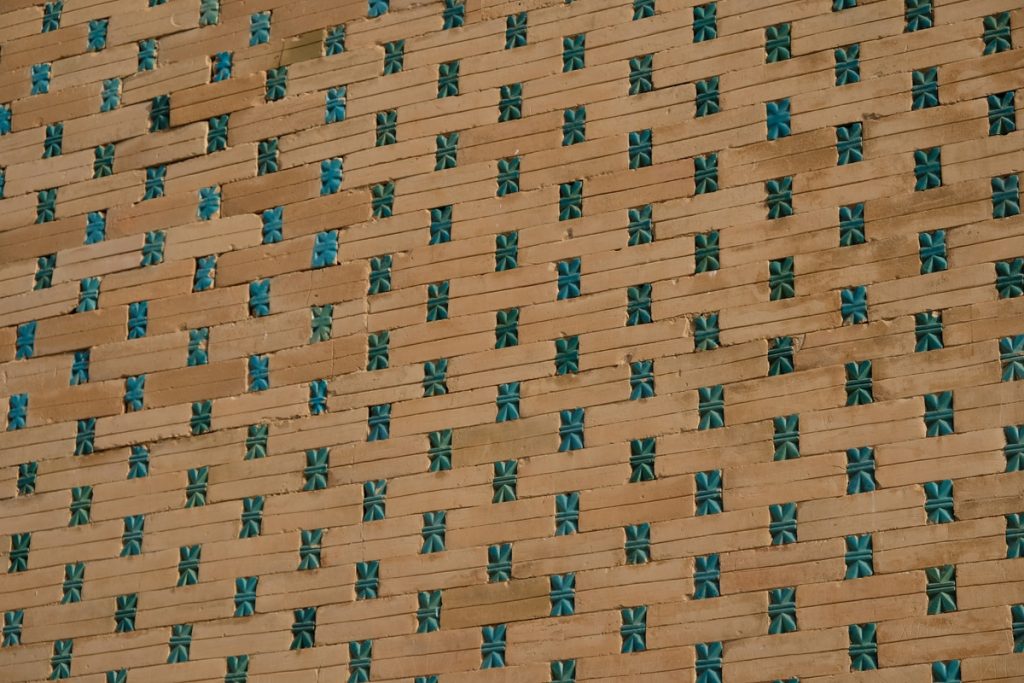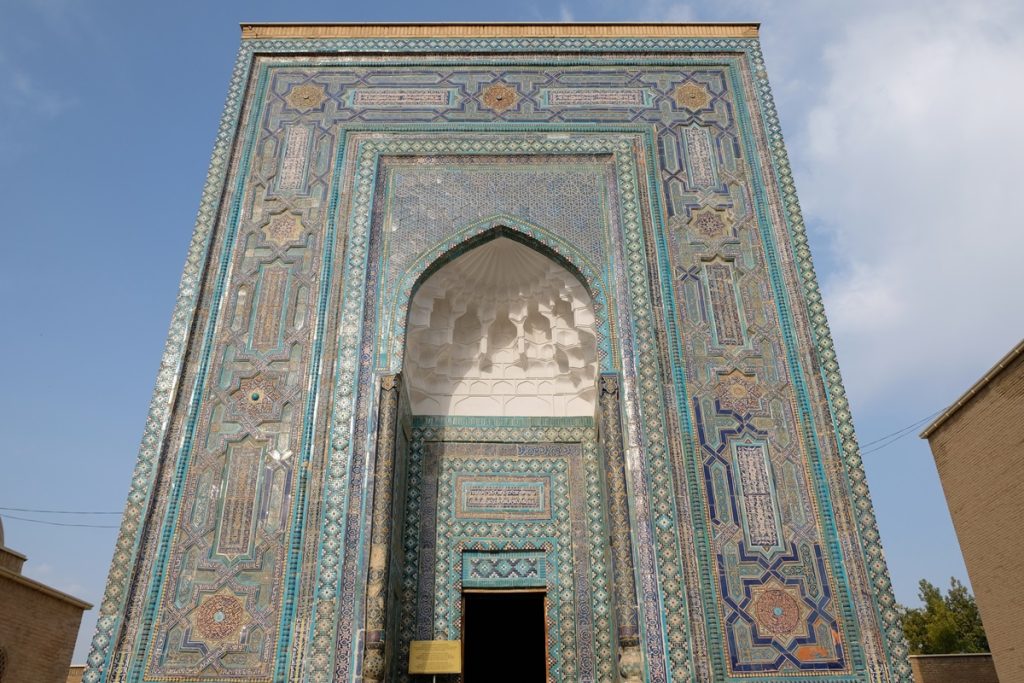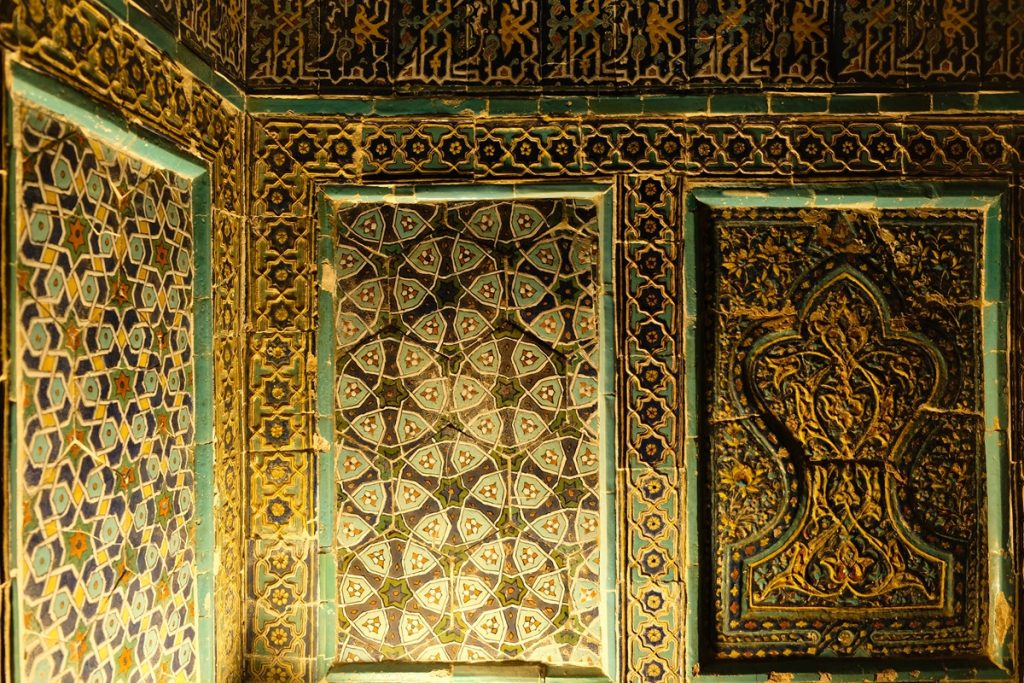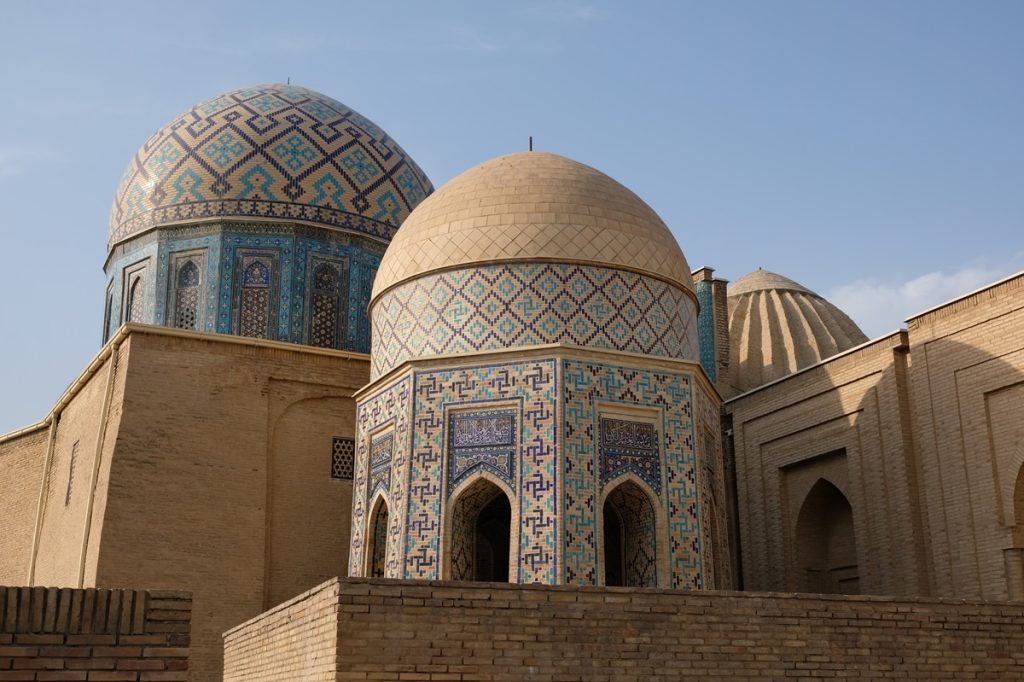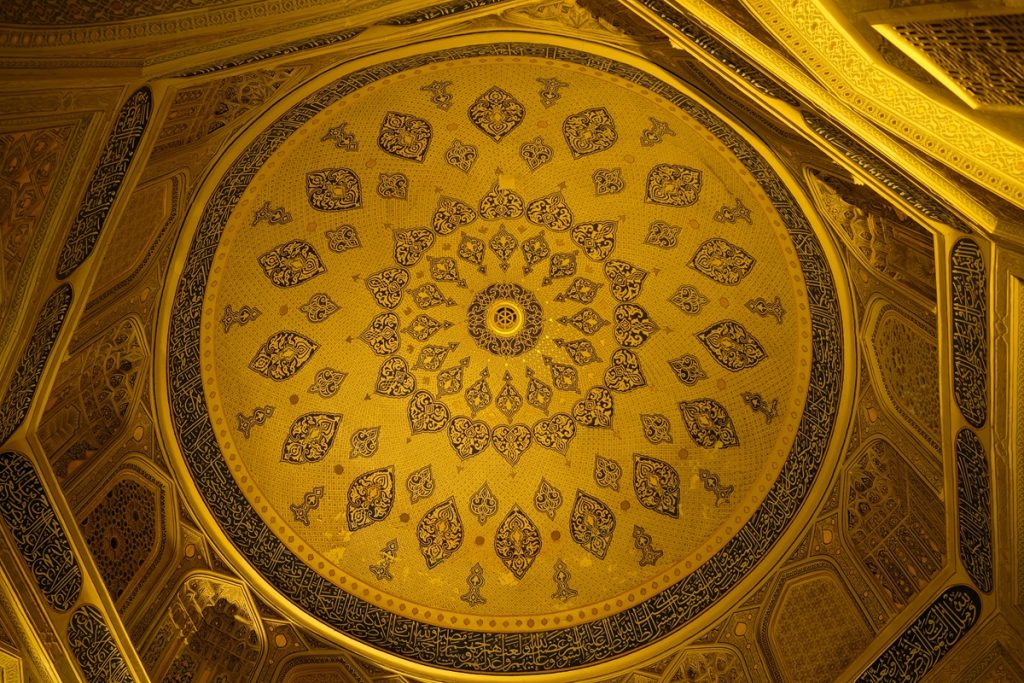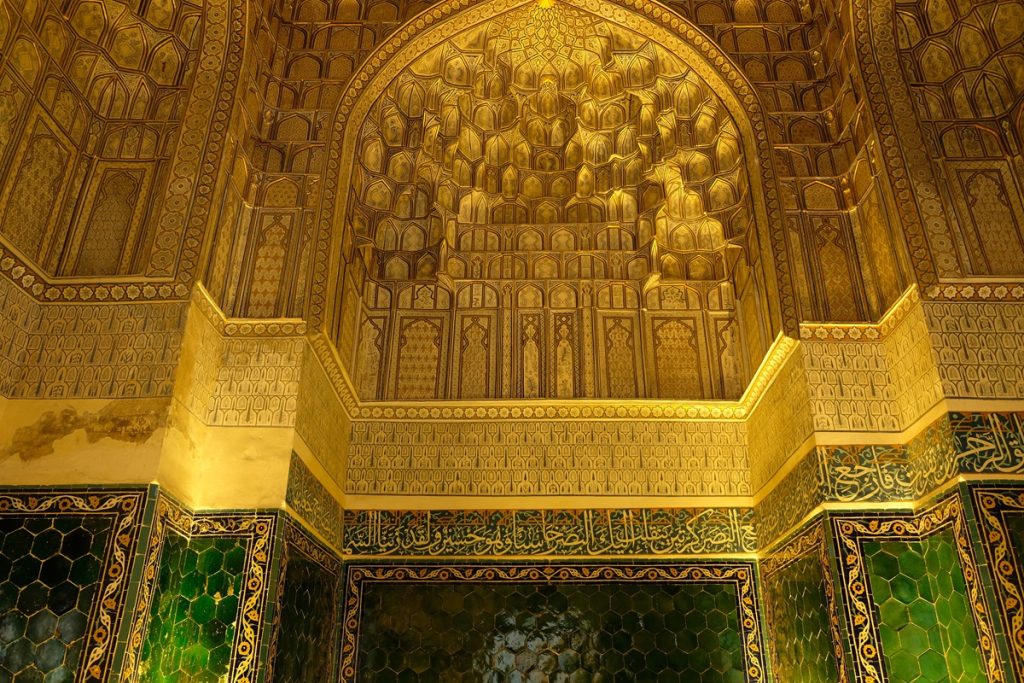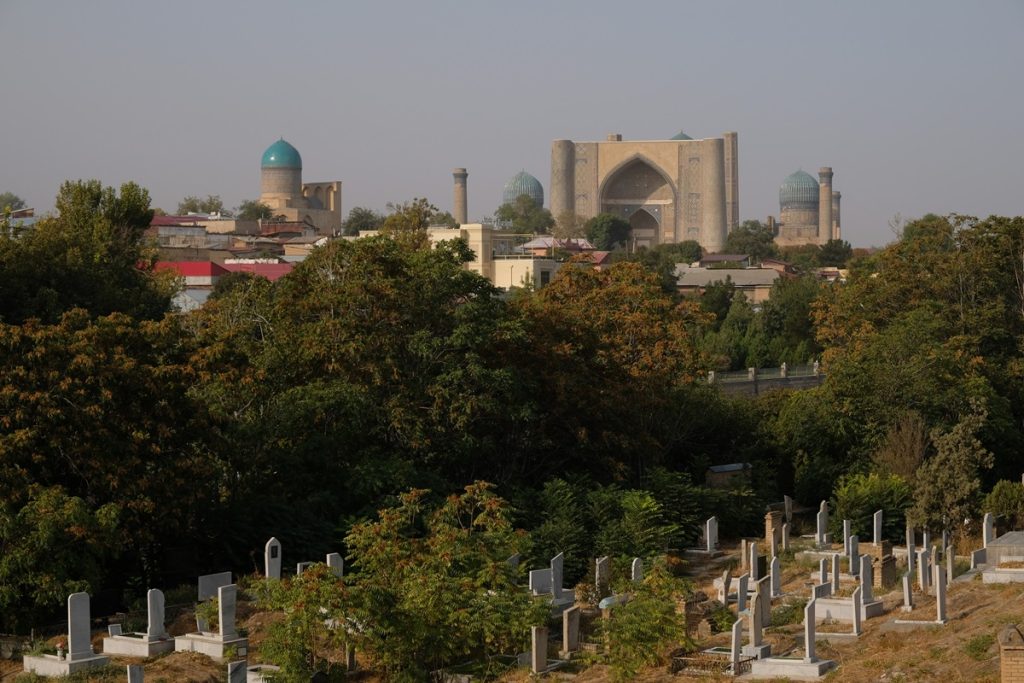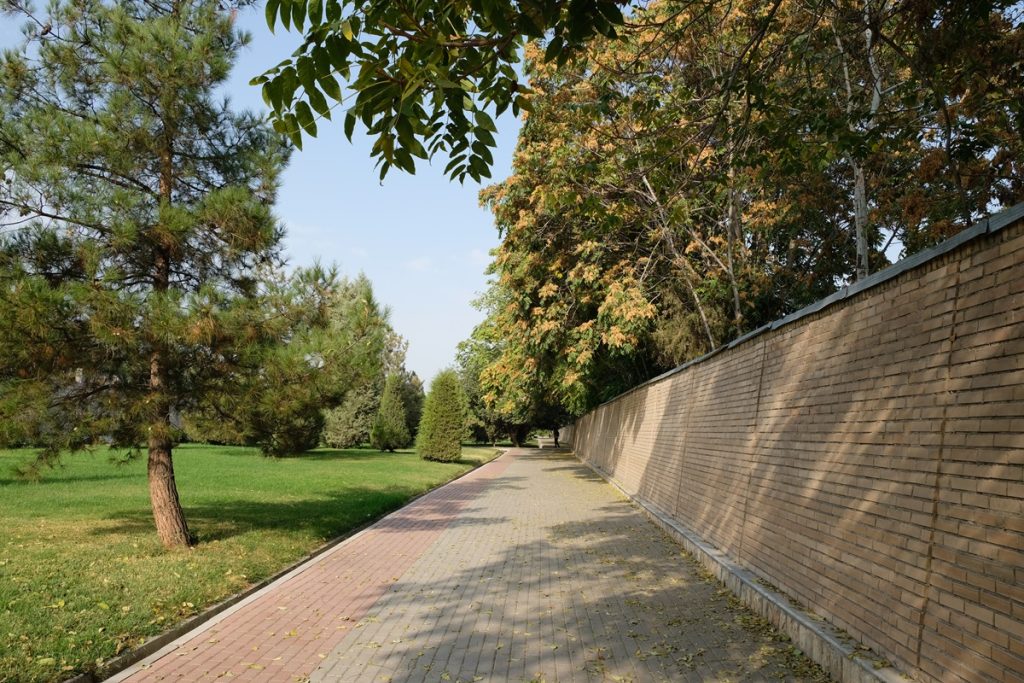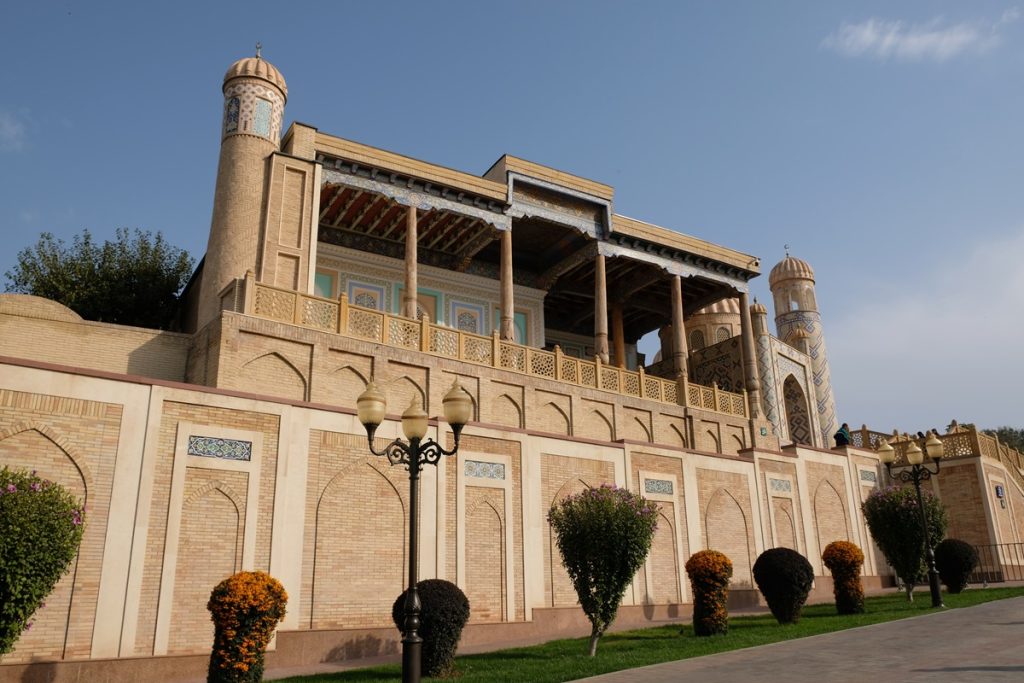There are many ways to remember those who have died. However, it has been proven over and over again that a very special person usually gets a unique memorial that itself will be remembered for many generations. Of all the things mankind has constructed to honor the departed, tombs and mausoleums built in a grand and lavish manner often turn out to be among the most impressive – the Taj Mahal, for example. While some are situated in an expansive compound filled with gardens and water elements that exude peace, like the centuries-old royal tombs near Hue in Vietnam, others take on a more figurative meaning like some of the ancient Hindu-Buddhist temples in Java dedicated to deceased kings and queens.
In Samarkand, apart from the gleaming mausoleum of Gur-i Amir where the great Uzbek conqueror Timur was interred, there is a necropolis situated on the slopes of a hill near the colossal Bibi-Khanym Mosque that houses some of the most beautiful mausoleums I have ever seen. From the outside, it doesn’t immediately give away the impression of a grand historical monument other sites in the city do. However, as you walk through the gate and step inside the compound, you will instantly realize that this is indeed a special place.
Shah-i-Zinda, as the site is collectively called, traces its history back to the eighth century CE during a period of time when Islam was spreading to Central Asia. Qutham (Kusam) ibn Abbas – a cousin of the Prophet Muhammad – a Medina native who is considered one of the first preachers of the religion in this part of the world, died in Samarkand at the hands of the Sogdians. The ancient Iranian people who were adherents of Zoroastrianism clearly felt threatened by the rapid expansion of the new faith. However, the current incarnation of Shah-i-Zinda only began to take shape three centuries after Qutham’s demise.
In the 11th century, the Karakhanids – a dynasty whose rule marked a shift from Iranian to Turkic predominance in Central Asia – established its new capital in Samarkand, previously the center of power of the Sogdians. In an effort to legitimize their reign, the Karakhanids laid the foundations of the tomb of Qutham long after his death. When the Timurids gained control of the region in the 14th century, they continued the tradition of building tombs at Shah-i-Zinda where the mausoleums of the likes of Timur’s sister, niece, and probably also his wife were gradually added. Then in the 15th century during the rule of Ulugh Beg, the sultan behind the first madrasah in the Registan, more structures were built within the necropolis. Today, these form the lower of the three sections of the compound.
It’s not hard to see why Shah-i-Zinda has become one of Samarkand’s most popular sites among tourists. Intricate majolica tiles, carved terracotta, colorful mosaics, and beautiful calligraphy in Arabic and Persian script adorn most structures within the compound. However, due to the necropolis’ rather compact size, your experience of this place will depend on the timing of your visit. Coming here when other big tour groups also arrive might detract from the feeling of its sacredness. Otherwise, it’s one of those places that will make your mind wander to the past. Shah-i-Zinda is yet another example that remembering – even venerating – important persons is a trait many communities around the world share, because we, humans, are more alike than we are different.
